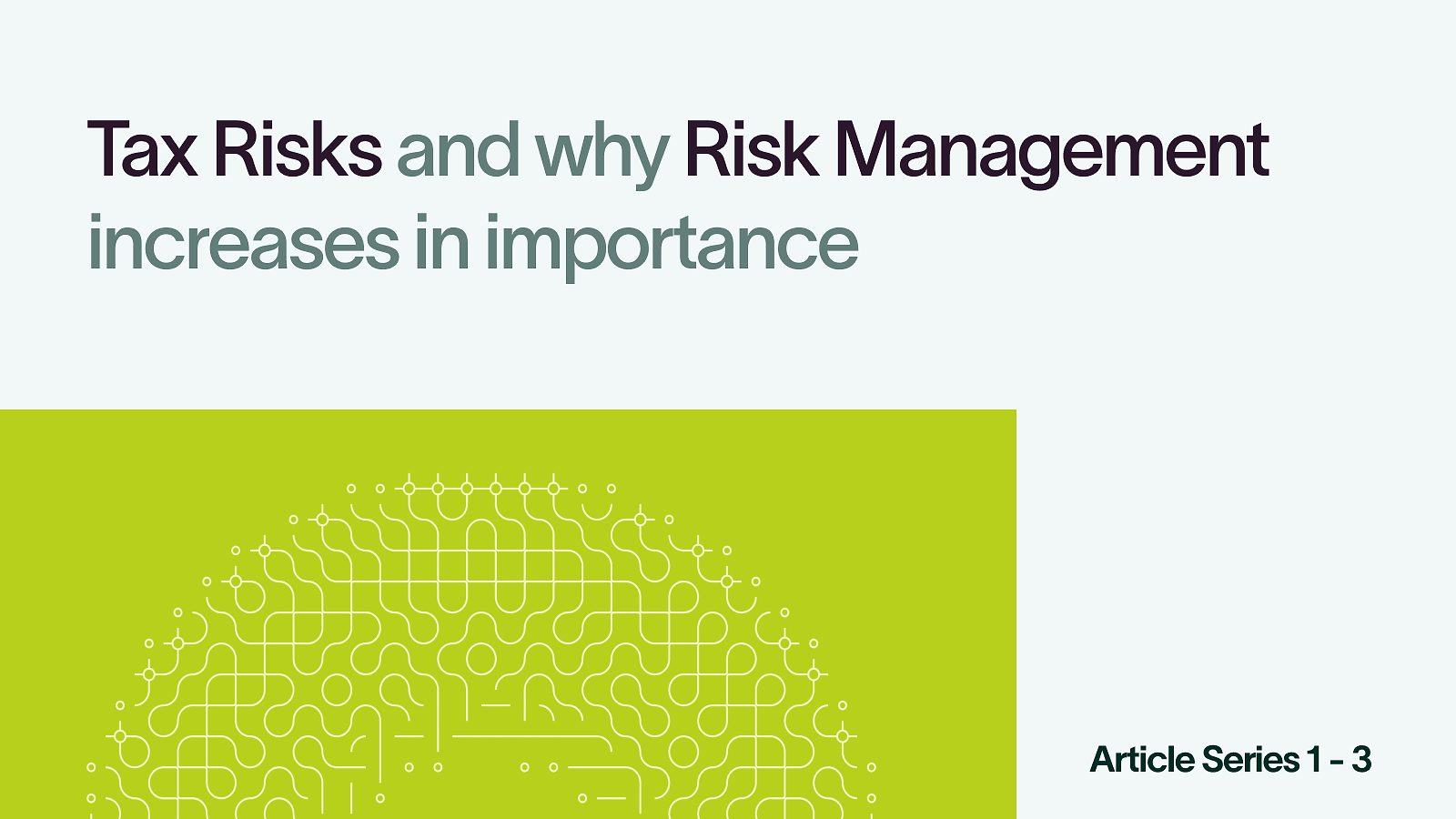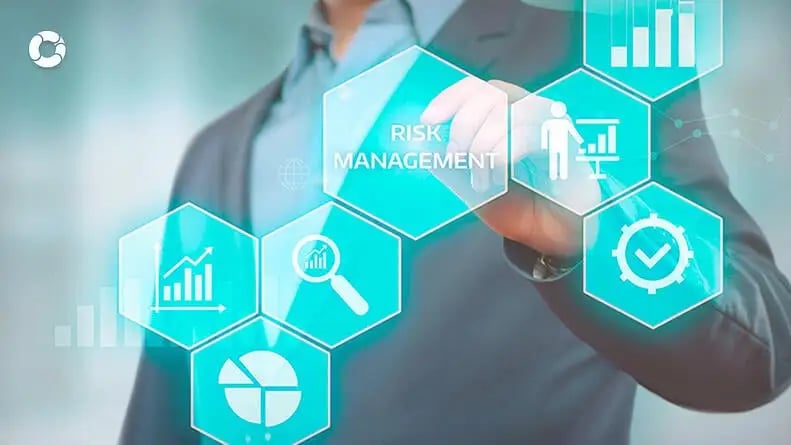The Rising Importance of Risk Management in Healthcare and Safety
The Rising Importance of Risk Management in Healthcare and Safety
Blog Article
Discovering the Significance of Risk Management for Effective Decision-Making Methods
In the complex world of service, Risk Management arises as an important variable in the decision-making process. The ability to recognize potential hazards and chances, and plan appropriately, can mean the distinction in between success and failure.
Comprehending the Idea of Risk Management
Risk Management, an essential component in decision-making, is often misunderstood or oversimplified. Normally, it describes the recognition, evaluation, and prioritization of threats to minimize, keep an eye on, and control the possibility or effect of unfavorable events. Nevertheless, it's not just regarding avoiding negative results, but likewise concerning recognizing possible possibilities. Risk Management entails organized and disciplined methods, making use of data and insightful evaluations. It calls for a comprehensive understanding of the company's context, purposes, and the prospective dangers that might combat them. From financial unpredictabilities, lawful liabilities, strategic Management errors, to crashes and natural calamities, it attends to different risks. Importantly, reliable Risk Management is not stagnant; it's a constant, positive procedure that develops with changing conditions.
The Role of Risk Management in Decision-Making Processes
In the world of critical preparation and service procedures, Risk Management plays an important duty in decision-making procedures. Risk Management thus comes to be a crucial tool in decision-making, assisting leaders to make educated options based on a comprehensive understanding of the dangers included. Risk Management offers as a vital element in the decision-making procedures of any kind of organization.

How Risk Management Enhances Strategic Planning
In the context of strategic preparation, Risk Management plays a critical role. Starting with the identification of potential dangers, it further extends to the implementation of Risk reduction procedures. The duty of Risk Management is not static however vibrant, as it requires continuous tracking and adjusting of strategies.
Recognizing Prospective Risks

Carrying Out Risk Mitigation
Having established the value of determining prospective risks, the following step is to discover Risk reduction. This process entails developing and carrying out techniques to handle determined risks effectively. It is a critical facet of strategic preparation as it improves decision-making by decreasing prospective adverse outcomes. Risk reduction methods can range from Risk avoidance, Risk transfer, to run the risk of decrease. Each strategy needs to be tailored to the certain Risk, considering its prospective impact and the organization's Risk tolerance. Moreover, effective Risk reduction requires a deep understanding of the Risk landscape and the prospective impact of each Risk. This understanding allows companies to focus on risks and assign resources efficiently, making certain that one of the most substantial dangers are attended to first.
Monitoring and Readjusting Methods
Though Risk mitigation is a vital action in strategic preparation, constant surveillance and modification of these strategies is just as vital. This ongoing process permits companies to identify new threats and reassess existing ones, guaranteeing the carried out methods stay efficient in the ever-changing business atmosphere. It additionally provides a chance to examine the success of the Risk Management measures, enabling adjustments to be made where essential, additional enhancing calculated planning. Effective monitoring and adjustment need the use of analytics and key efficiency indicators (KPIs) to determine performance. These tools give important data-driven understandings that can inform strategic decision-making. Therefore, surveillance and adjusting Risk Management strategies is a critical part for enhancing an organization's helpful hints resilience and calculated preparation.
Instance Studies: Effective Risk Management and Decision-Making
In the globe of organization and money, effective Risk Management and decision-making often offer as the columns of thriving enterprises. These instances highlight the worth of astute Risk Management in decision-making processes. These cases highlight the critical duty of Risk Management in critical decision-making.
Devices and Methods for Effective Risk Management
Browsing the complex puzzle of Risk Management requires the ideal set of tools and strategies. These devices, such as Risk signs up and warmth maps, aid in recognizing and assessing potential threats. Methods include both quantitative methods, like level of sensitivity evaluation, and qualitative methods, such as SWOT evaluation. These aid in prioritizing dangers based on their prospective effect and likelihood. Risk feedback approaches, a vital element of Risk Management, include accepting, avoiding, transferring, or mitigating dangers. Tracking and managing threats, with regular audits and evaluations, make sure that the methods stay effective. With these strategies and tools, decision-makers can browse the facility landscape of Risk Management, official website thereby assisting in notified and reliable decision-making.
Future Patterns in Risk Management and Decision-Making Techniques
As we explore the huge landscape of Risk Management, it comes to be apparent that the techniques and devices used today will certainly continue to develop. The principle of Risk culture, where every member of a company is mindful and involved in Risk Management, will certainly gain a lot more prominence. These fads herald an even more aggressive and comprehensive strategy towards Risk Management and decision-making.
Final thought

Risk Management thus becomes a vital tool in decision-making, assisting leaders to make educated choices based on a comprehensive understanding of the risks included. Risk mitigation methods can vary from Risk evasion, Risk transfer, to run the risk of reduction (importance of risk management). Reliable Risk mitigation calls for a deep understanding of the Risk landscape and the possible effect of each Risk. Risk feedback approaches, a key part of Risk Management, entail approving, preventing, transferring, or mitigating threats. The idea of Risk society, where every member of a company is conscious and involved in Risk Management, will certainly acquire more prestige
Report this page